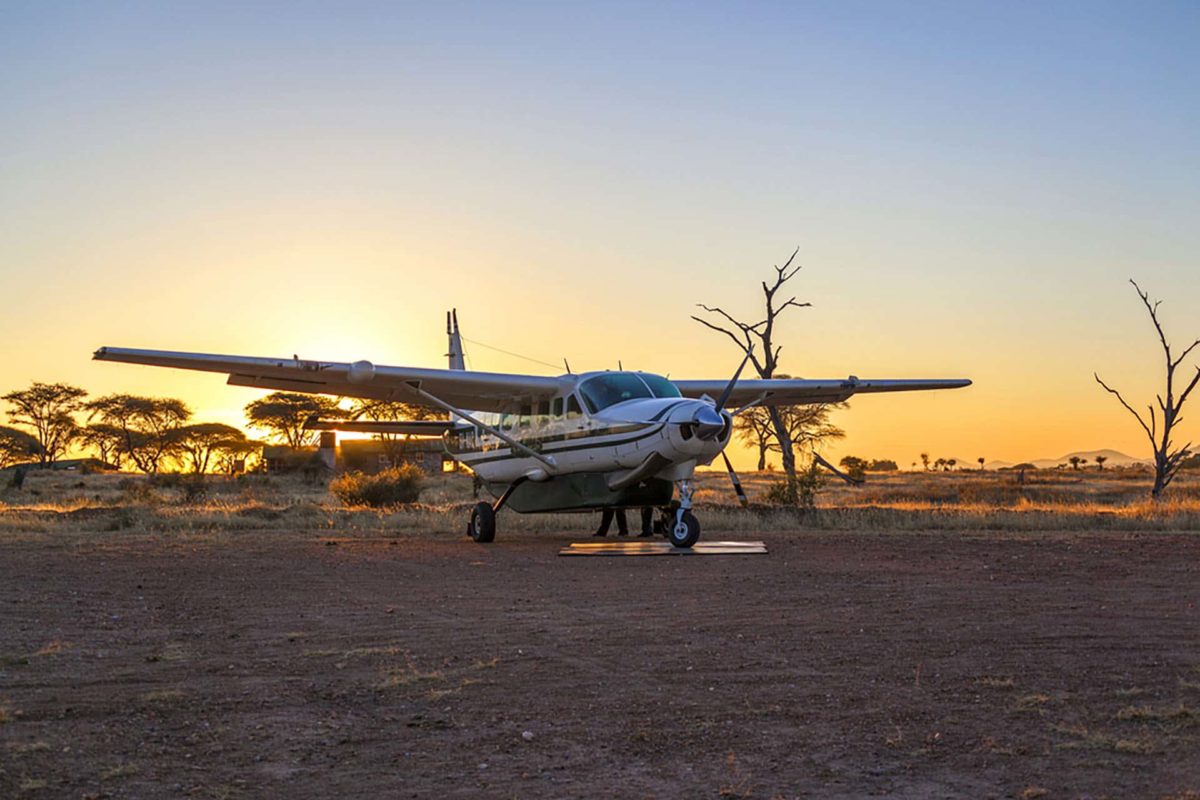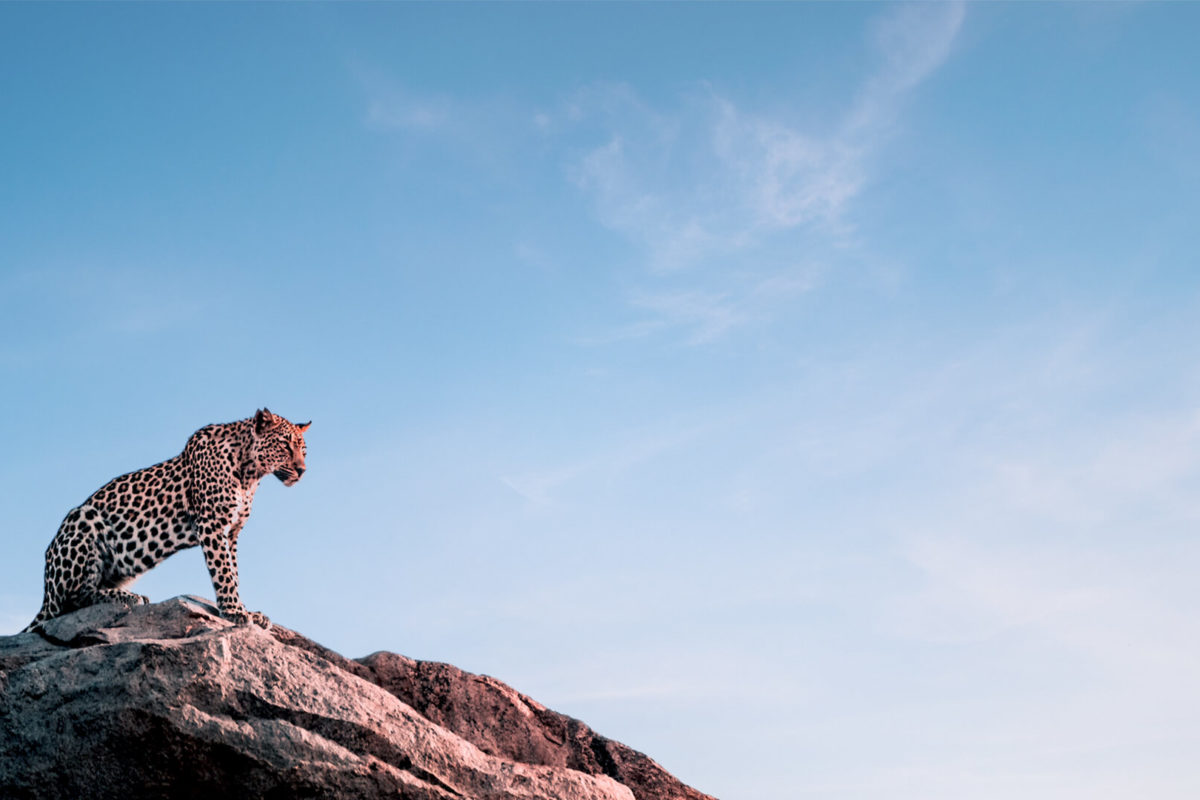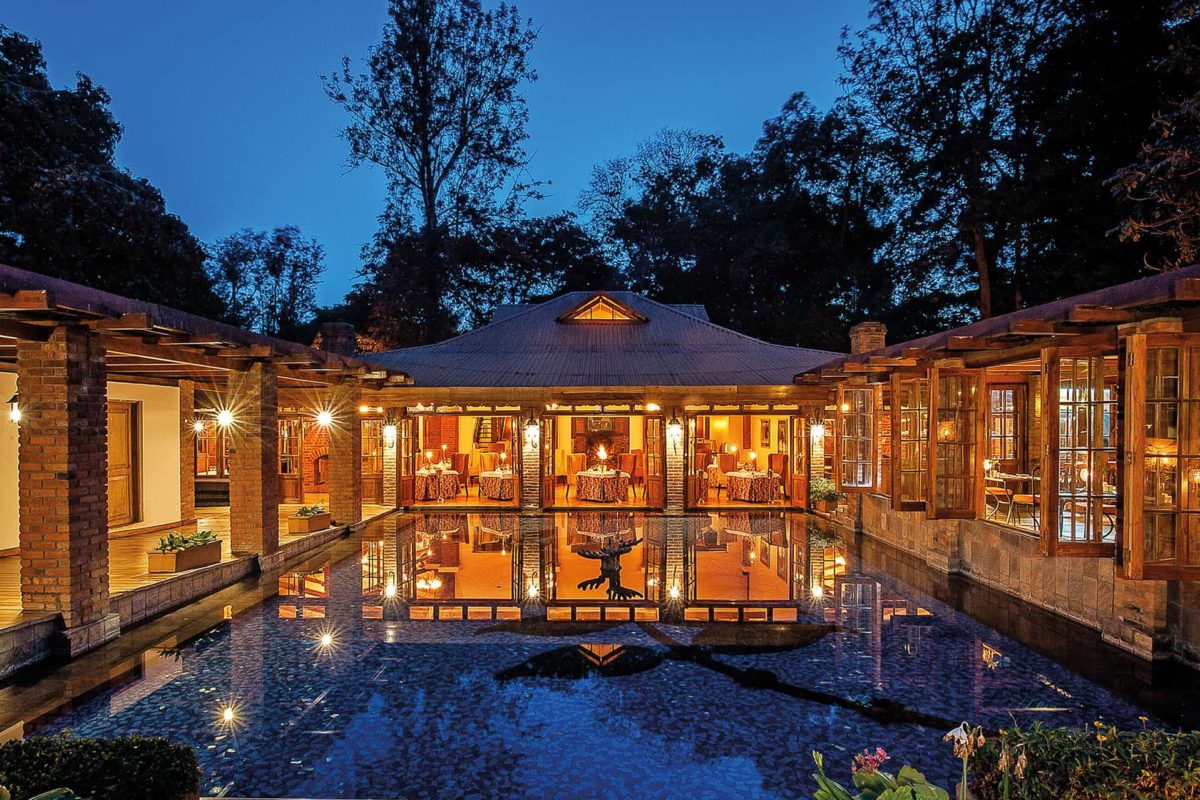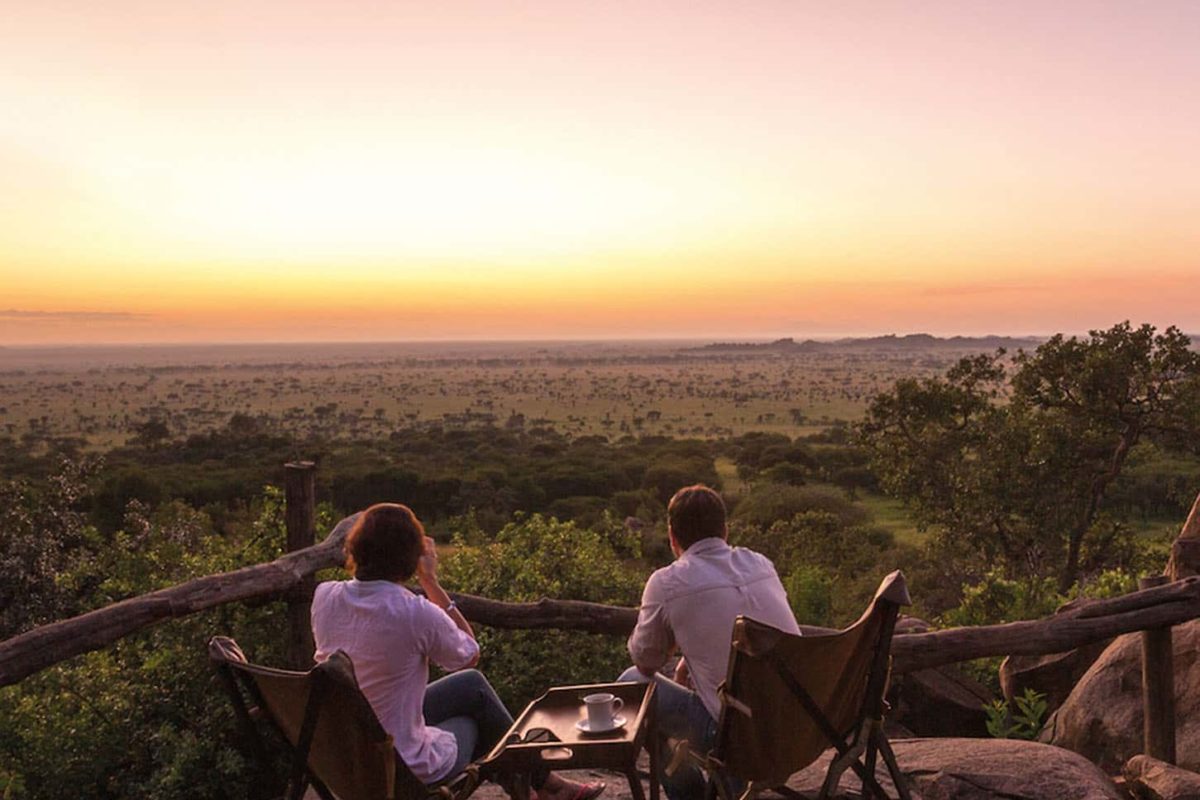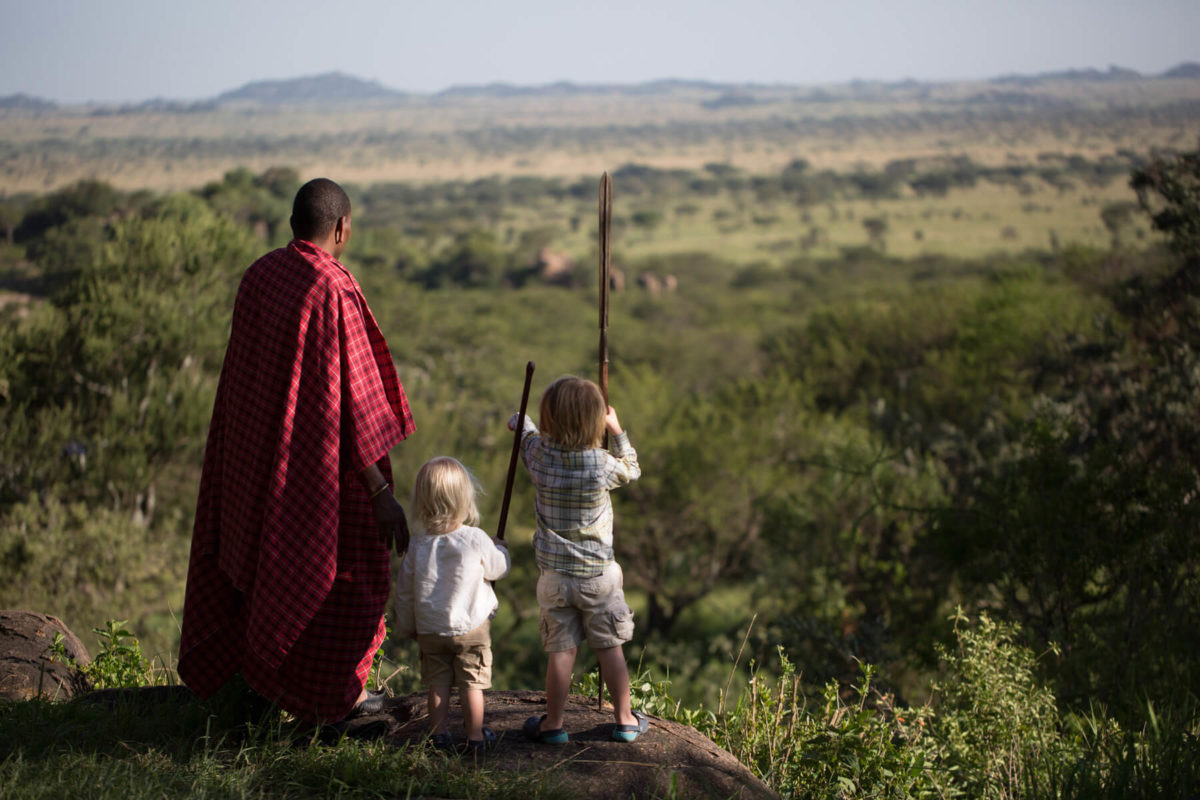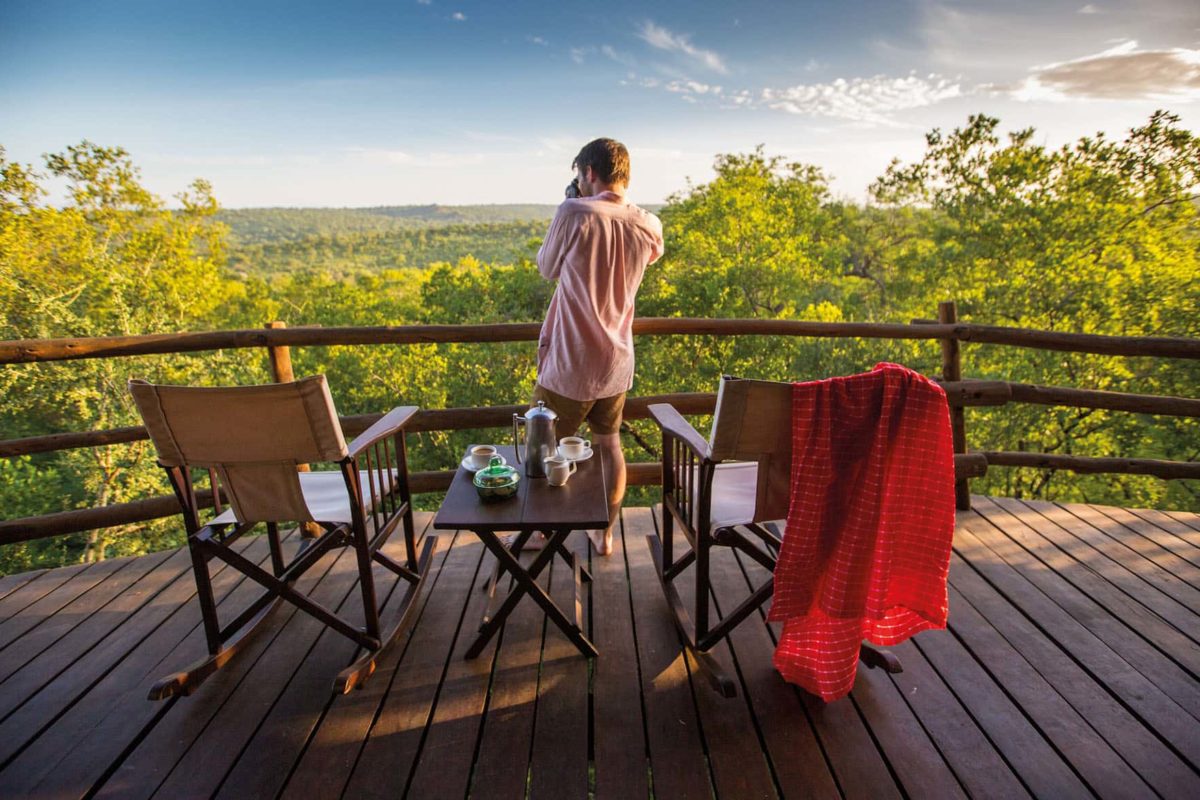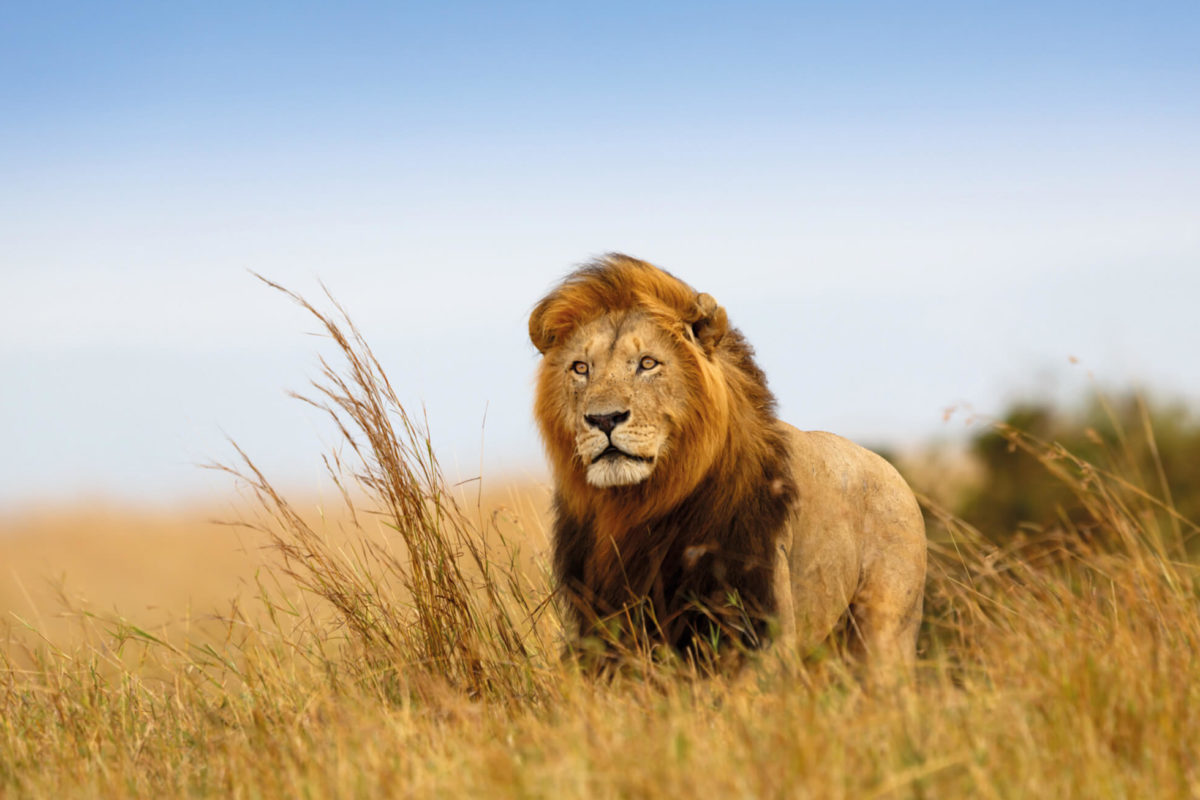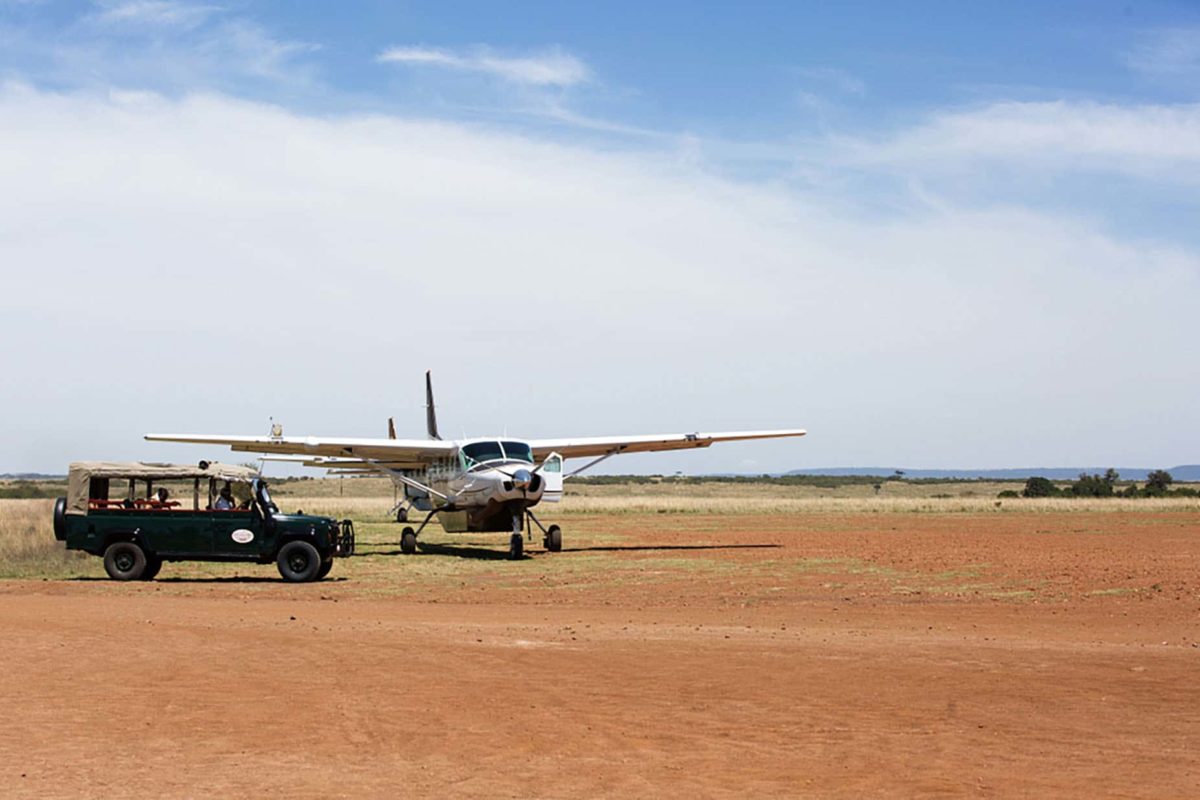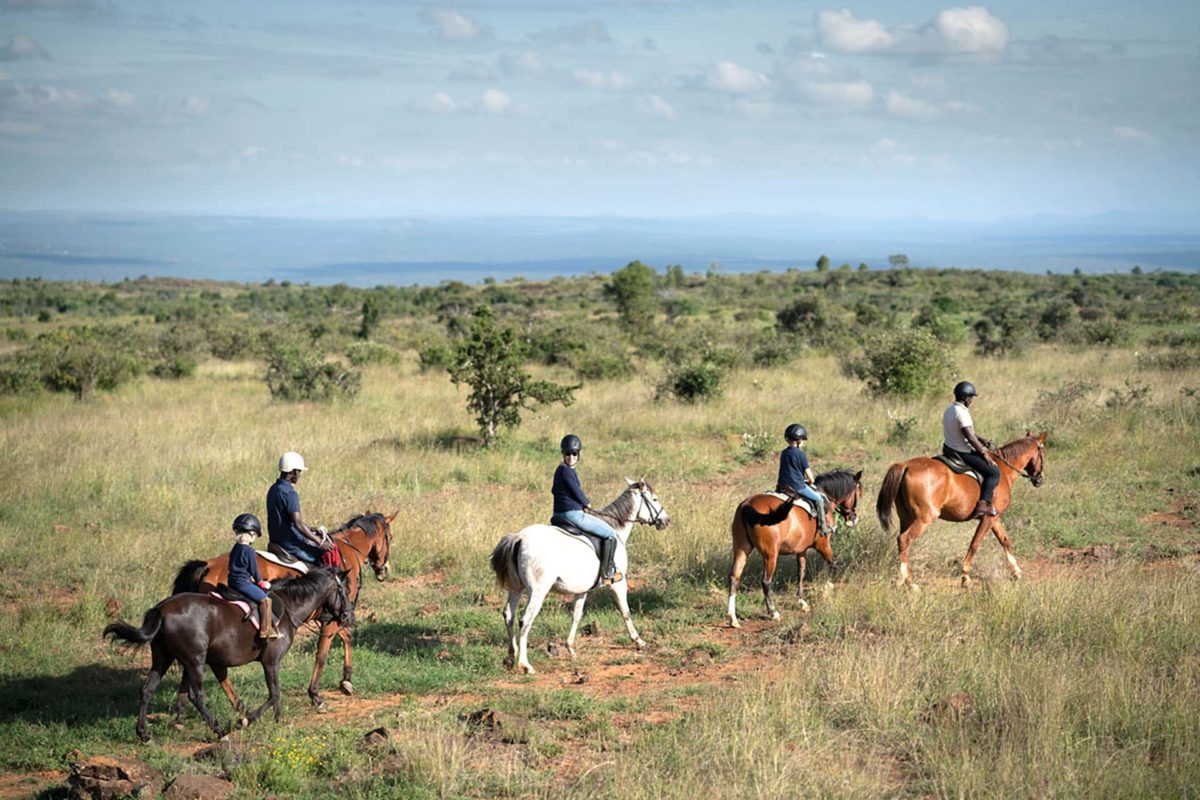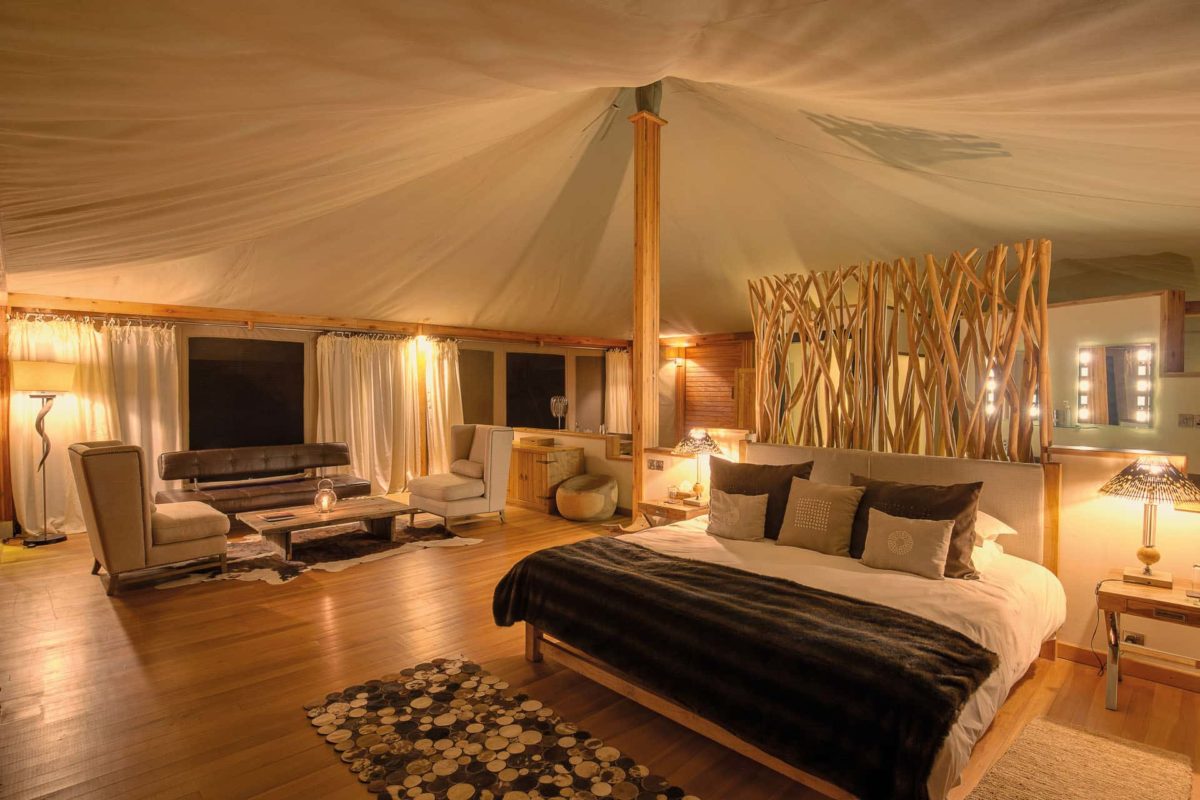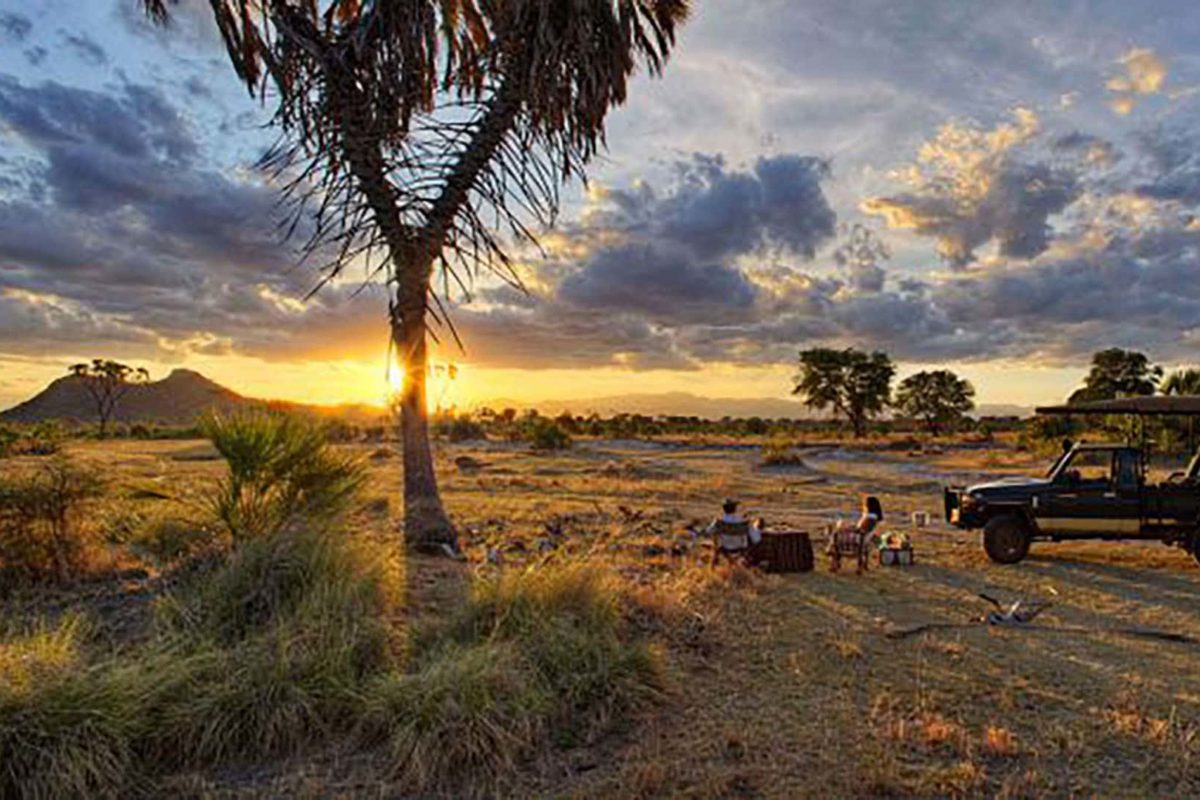Newsletters
OCTOBER 2023
End of Year SkySafari Offers
Last chance to save with special green season rates for November & December 2023 dates
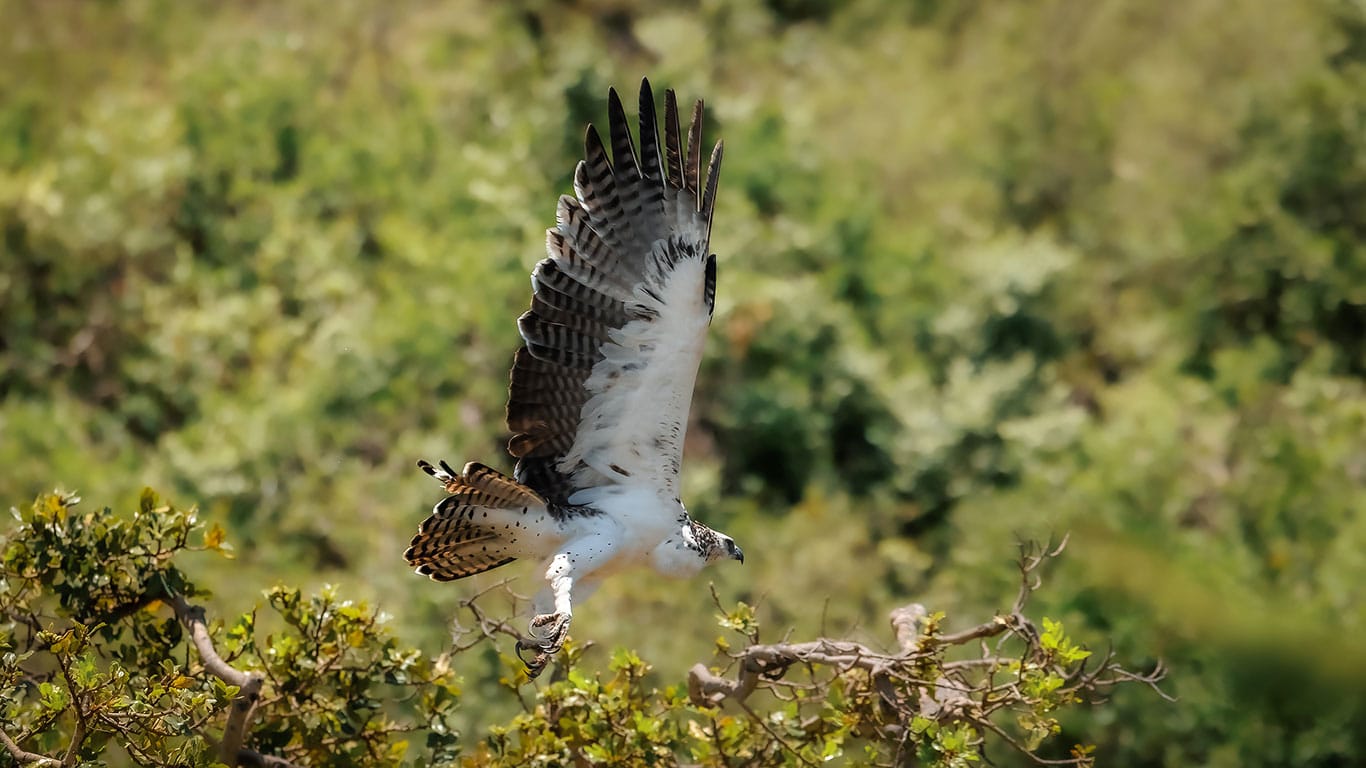
Enjoy a pre-holiday safari in style this November and December with incredible savings on SkySafari 8-day and 10-day Kenya and Tanzania itineraries, as well as the quintessential 13-day East Africa experience between 1st November to 19th December 2023. Guests can take advantage of special green season rates for a limited time and the offer is applicable to new bookings only, subject to availability and non-combinable with any other offers. To take advantage of these amazing savings, contact us at reservations@skysafari.com.
NEWS
SkySafari Nominated for Travel+Leisure 2024 World’s Best Award
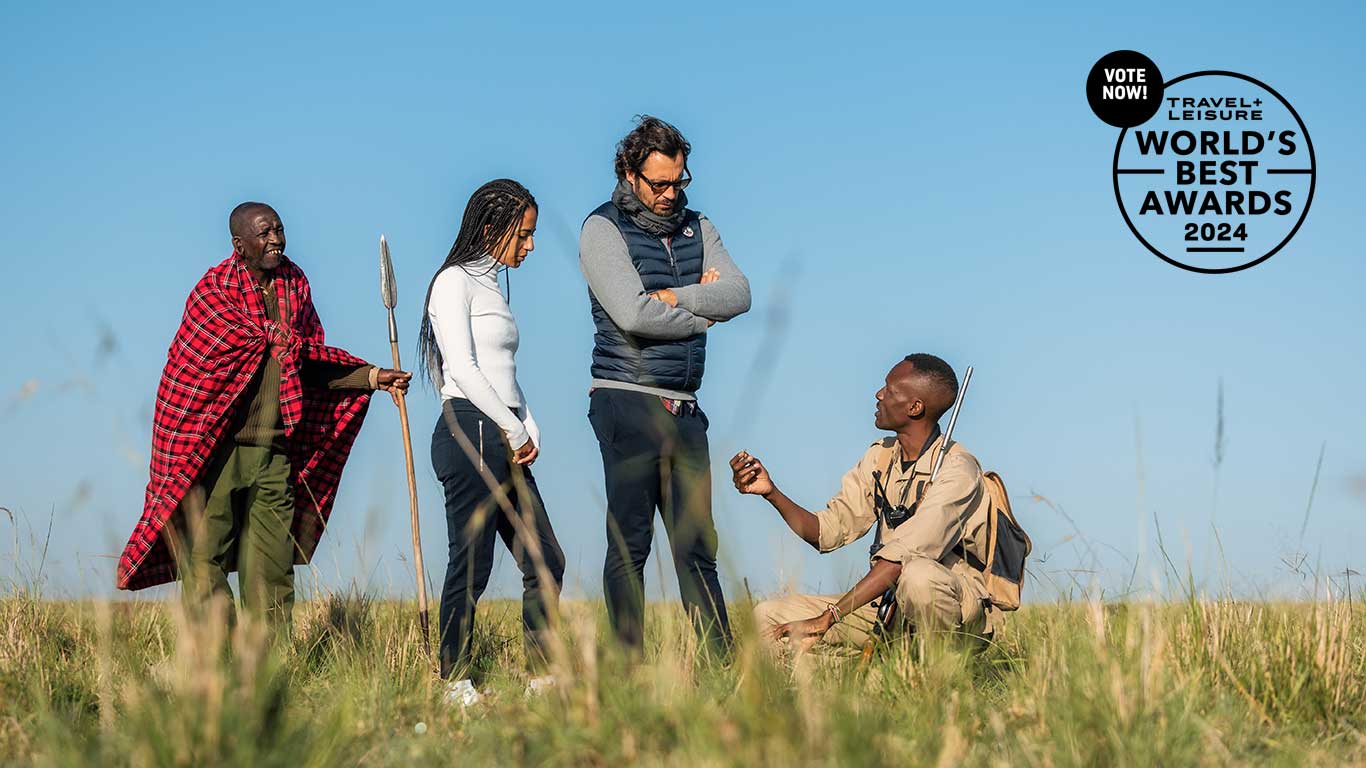
We are thrilled to announce that SkySafari been nominated for the prestigious Travel+Leisure 2024 World’s Best Awards in the tour operator/safari outfitter category. We would be very grateful if you could help increase our chances of winning an award by extending your vote.
Visit Travel+Leisure to cast your vote before 26 February 2024. You can vote more than once.
The voting process is quick and takes just a few minutes by clicking on the Travel+Leisure website:
- Log in or register with your personal email address
- Answer a few quick questions about yourself
- Select a destination. For example, please choose AFRICA > KENYA and TANZANIA
- Select the ‘Tour Operators and Safari Outfitters’ category
- Select items to rate in each category
- Rate items by criteria (only criteria marked with * are required)
- Once finished, click the ‘no’ button on the ‘selecting more items to rate’ page
- Survey complete
Addendum to SkySafari’s East Africa program in 2024
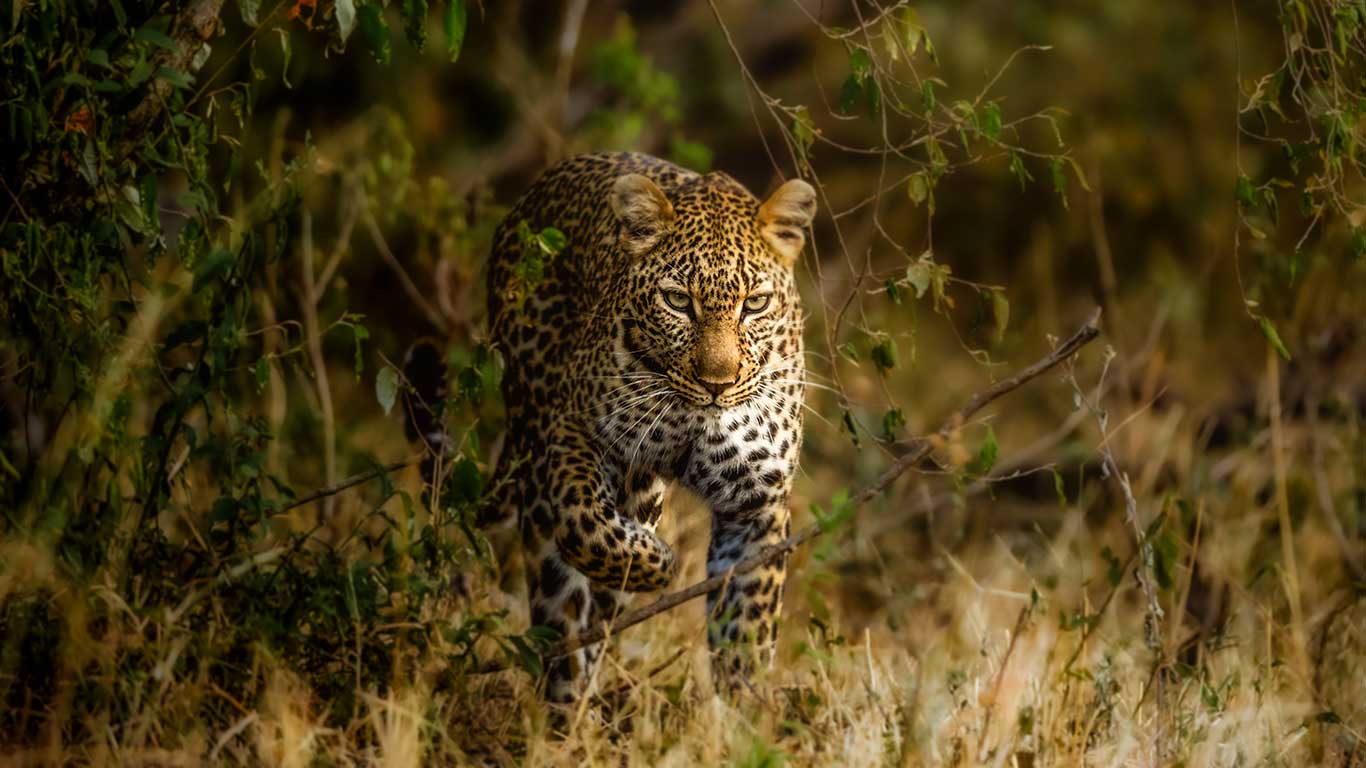
We constantly strive to ensure our guests have the very best experience during their SkySafari adventure and we aim to maximise their time in the bush with seamless, VIP transfers between destinations. For this reason, we are pleased to share that we have made slight adjustments in the East Africa program itinerary to ensure guests’ take full advantage of their time in the Serengeti to enjoy prime game viewing.
- On day eight of the itinerary, we have scheduled for the flight transfer between the Masai Mara in Kenya and the Serengeti in Tanzania to take place during the “downtime” hours, which are essentially those outside of prime game viewing time. This allows guests to fully exploit the time on the ground to enjoy wildlife viewing during the best period of the day.
- On day 11, the departure to their next destination will be in the afternoon giving guests as much time as possible to explore the magnificent Serengeti.
All of the various activities built into the itinerary remain unaffected, just re-arranged to fit the new schedule. These enhancements, we believe, will improve the overall experience for your guests and allow us to offer them a comprehensive safari experience, with all the bells and whistles we are known and sought out for. If you have any questions regarding this enhancement or wish to learn more about our offerings, kindly contact us at reservations@skysafari.com.
Kenya Wildlife Service announces increased park fees from January 2024
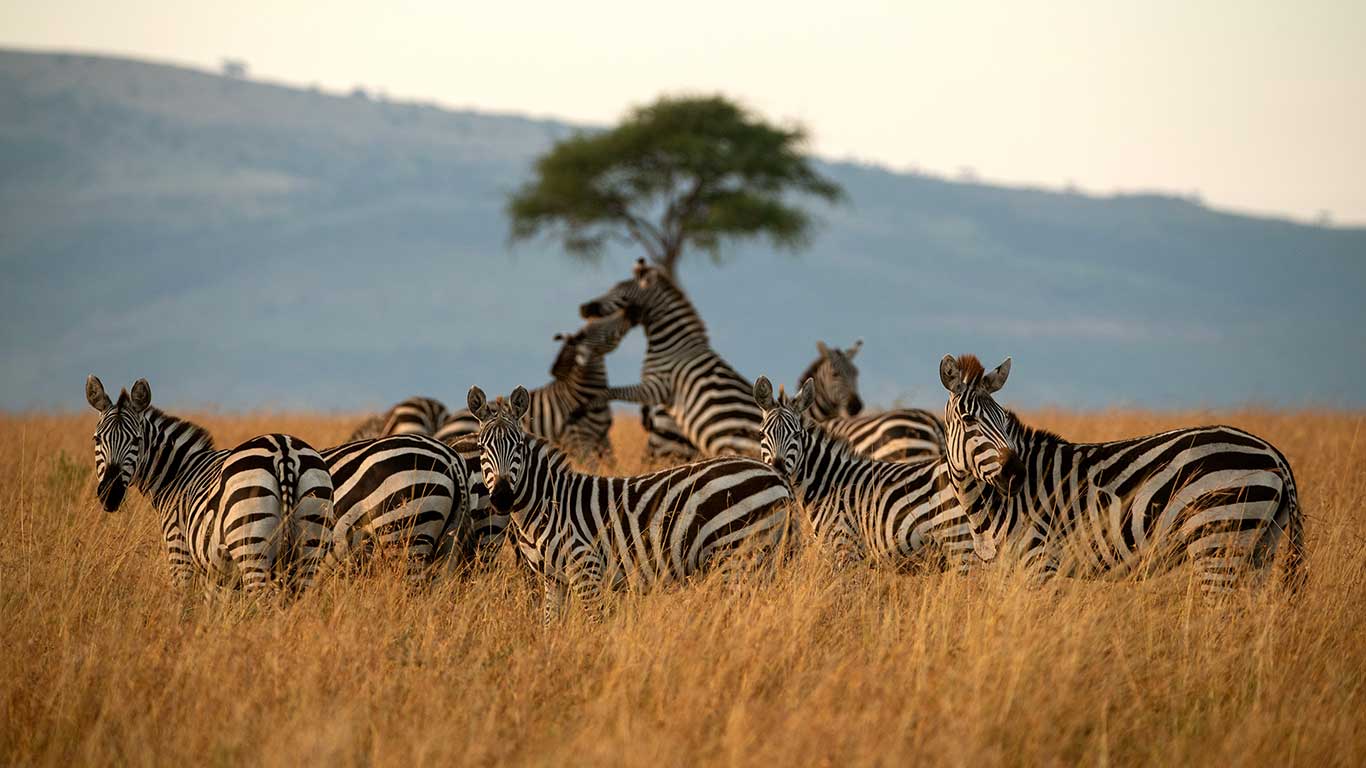
For those of you who missed our recent announcements on the same, Kenya Wildlife Service has announced new amended entrance fees for all KWS parks, reserves, sanctuaries, and marine reserves applicable to all guests visiting from January 1, 2024. In addition, The Narok County Council has also announced new entry fees to the Masai Mara National Reserve. Entrance fees provide much needed funds which are critical in supporting the conservation and protection of wildlife, as well as helping communities, supporting park operations and upkeep, and helping with infrastructural developments within these protected areas. They also sustain staff members who remain committed to protecting these beautiful environments and the wildlife that make their home here, ensuring a positive impact that will last for future generations. SkySafari, like most of the players in our industry, support this initiative to ensure the long-term viability of protected areas in Kenya.
Please see amended SkySafari Park & Conservancy fee structures in the table below.
Kenya
| Seasons | Kenya 10 Day Safari |
Kenya 8 Day Safari |
East Africa 13 Day Safari |
|
| Adult | Jan 1 – Jun 22 | 1,050 | 720 | 1,539 |
| Adult | Jun 23 – Jan 7 | 1,450 | 1,020 | 1,839 |
| Child (9 – 17.99 years) | Jan 1 – Mar 31 / July 1 – Jan 7 | 495 | 370 | 519 |
| Child (9 – 17.99 years) | Apr 1 – Jun 30 | 465 | 340 | 490 |
| Child (4 – 8.99 years) | Jan 1 – Mar 31 / July 1 – Jan 7 | 295 | 220 | 369 |
| Child (4 – 8.99 years) | Apr 1 – Jun 30 | 265 | 190 | 340 |
Tanzania
| Seasons | Tanzania 10 Day Safari |
Tanzania 8 Day Safari |
|
| Adult | Mar 15 – May 15 | 841 | 656 |
| Adult | Jan 1 – Mar 14 / May 16 – Dec 31 | 927 | 714 |
| Child (5 – 14.99 years) | Jan 1 – Mar 31 / July 1 – Jan 7 | 219 | 171 |
WHY FLY SKY
SkySafari itineraries encompass a diverse selection of the very best wildlife rich National Parks and Conservancies in East Africa
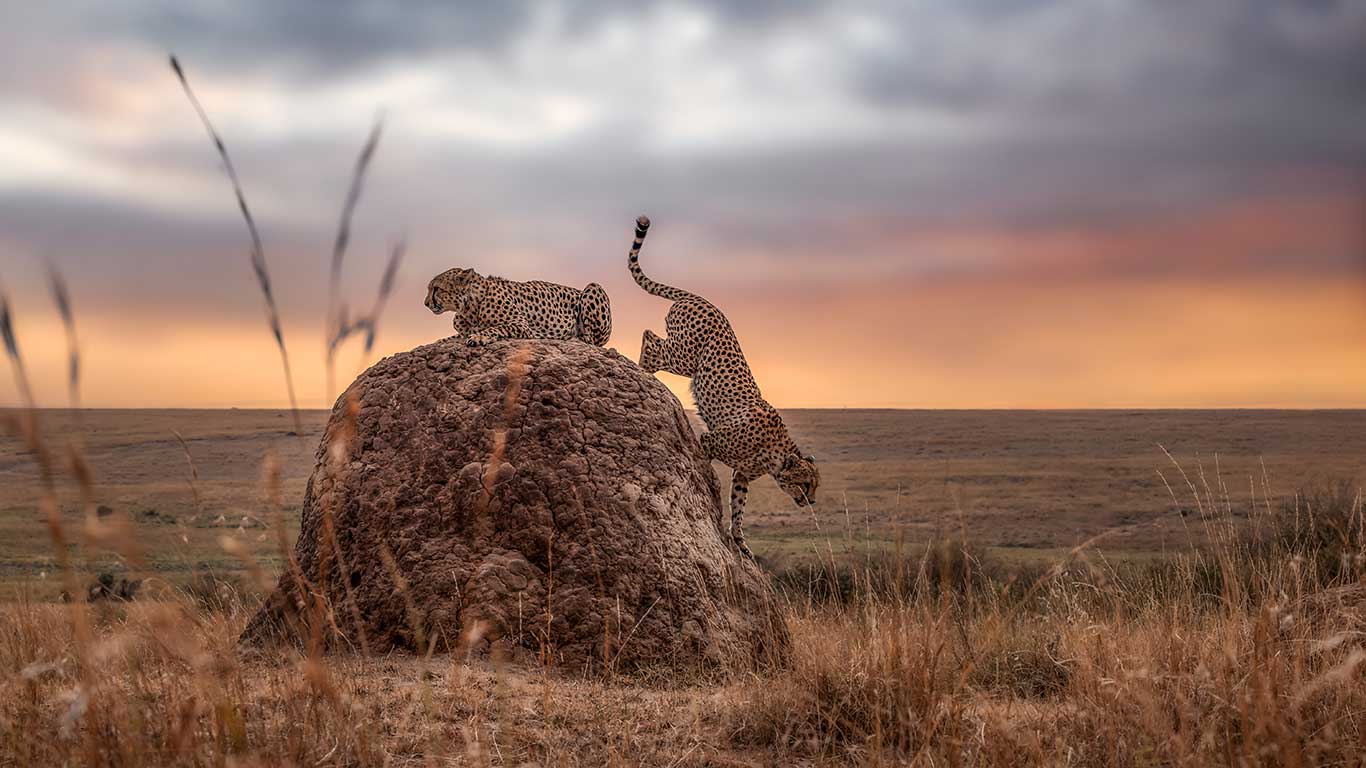
From the expansive plains of the Serengeti, the dotted plains of the Masai Mara to the UNESCO Ngorongoro Crater to the lesser-known conservation gem that is Loisaba, SkySafari journeys guarantees exceptional game viewing. Below are some of the highlights that guests will experience from the parks, reserves and conservancies featured on the SkySafari journey.
Kenya
Masai Mara National Reserve
Possibly one of the most iconic and spectacular African landscapes, teaming with wildlife and picture-perfect horizons, the Masai Mara is not to be missed. The area stretching 1510 km sq. is classified among the “Seven Wonders of the World” due to the extraordinary density of wildlife as well as over 500 bird species found there. Home to the Big 5, the little 5 and everything in between, “The Mara”, as it is affectionately referred to by afficionados, always delivers life changing experiences.
Amboseli National Park
Located 140km south of Nairobi, Amboseli National Park is famous for its large elephant population, recently counted as high as 1800 and the spectacular backdrop of the world’s highest free-standing mountain, the magnificent Mount Kilimanjaro.
The park covers 392km², which constitutes less than 5% of the entire 8100 km² ecosystem of the Amboseli basin, which includes the adjacent exclusive Reteti Conservancy where Tortilis Camp is located. The lush green wetlands in this otherwise dry area make Amboseli National Park one of the best wildlife-viewing areas on the planet, attracting over 600 species of birds including pelicans, kingfishers, crakes, hamerkops and 47 types of raptors as well as the African elephant, cape buffalo, impala, hyena, giraffe, zebra, gazelle and wildebeest with lion and cheetah among the big cats that roam the area.
Meru National Park
Meru National Park, made famous through the book and subsequent film Born free, lies 10km north of the equator between Mount Kenya and the Nyambeni Mountains. Meru forms part of a larger conservation area covering 1500 Km² including the adjoining Kora, Rahole and Bisanadi Reserves.
The wild and remote location adds to the park’s rich wildlife diversity including rare species specific to Northern Kenya, such as Grevy’s zebra, gerenuk, Somali ostrich, reticulated giraffe, as well as buffalo, elephant, hippo, cheetah, and leopard. Caracal, lesser kudu, and greater kudu are all exceptional and rare species also found in Meru.
It is also famed for the lions that roam the semi-arid terrain which were the inspiration for Joy Adamson’s best-selling book, Born Free, a true story about Elsa the lioness that brought fame to the park in the 1960s.
The park also incorporates an 84 Km² rhino sanctuary, making Meru one of the prime destinations to see rhinos in their natural habitat. The birdlife in Meru is extraordinarily colourful and abundant with over 450 species of birds.
Loisaba Conservancy
The 58,000-acre Loisaba Conservancy is north of the Aberdares Mountain Range on a wide plateau stretching from the slopes of Mt Kenya in the southeast to the edge of the Great Rift Valley in the west. The striking escarpments descend into the surrounding arid land with tributaries of the Ewaso Nyiro River cutting across the vast open plains. The habitats range from dry savannah and open woodland to spectacular canyons and low forested valleys.
The spectacular conservancy was enabled by The Nature Conservancy funding the transition of the Conservancy to the Loisaba Community Trust in 2015. The transition secured the land to ensure that the Conservancy delivers vital benefits and support for neighbouring communities, the wildlife, and all Kenyans for the foreseeable future, achieving optimal standards of sustainable conservation. It also ensured Loisaba’s role as a critical sanctuary and corridor for elephants and other wildlife long into the future, as well as providing refuge for one of Kenya’s most stable lion populations and an abundance of other wildlife including Grevy’s zebra, wild dog, leopard, and cheetah. More recently, at least five individual melanistic leopards (black leopards) have been recorded within the Loisaba Conservancy, making guest sightings of these one-of-a-kind specimens a distinct possibility.
Tanzania
Tarangire National Park
Covering an area of 2850 km², the Tarangire National Park is named after the perennial river that runs through the heart of the park. During the dry season the Tarangire River becomes a sole source of water for many wildlife, and the area becomes host to a migration of animals seeking out the lush green pastures. During these months, the game viewing is exceptional with wildebeest, zebra, buffalo, eland, lesser and greater kudu to name a few, as well as the usual predators of lion, leopard, and hyena. The park also has one of the highest densities of elephant, with up to 3,000 in the park during the dry months.
The adjacent Randilen Wildlife Management Area (Randilen WMA) was formed as a buffer zone to the park from surrounding community land, allowing for the dispersal of the huge herds of elephant and other herbivore species across their historical rangelands. The landscape of Tarangire and Randilen is instantly recognisable by its magnificent baobab trees, dotted throughout the area.
The Ngorongoro Conservation Area
This area, famous for the mesmerizingly beautiful Ngorongoro crater, is a UNESCO World Heritage Site. Part of the volcanic mountain highlands of northern Tanzania, the crater is eighteen kilometres in diameter and was formed at a time of volcanic eruption. Today it is home to abundant wildlife including the Big Five plus antelope, zebra, wildebeest, hyena, hippo, jackal, kudu, to name just a few.
The rim of the crater is a lush, cool, and dewy mountain forest with coffee plantations leading up to the conservation area boundary. The crater floor of open grasslands allows uninhibited viewing of the plentiful wildlife.
Serengeti National Park
One of the most fabled National Parks on the world, the 5280 km² Serengeti ecosystem was declared a World Heritage Site in 1979. On the plains of this famous National Park, approx. two million wildebeest and zebra migrate annually across this vast area following the weather patterns in search of grazing and water. The herds tend to congregate and calve in the southern part of Serengeti from January to March, before beginning the northern trek into the northern Serengeti plains and the Masai Mara in Kenya before looping back again – this leg of the epic journey occurring between April and December.
A dramatic volcanic and verdant landscape, the Serengeti is a permanent home to a plethora of other wildlife. One of the few remaining places to view black rhino in its natural habitat, the Serengeti offers the chance to view all of the Big Five. Its abundance of animals has seen the Serengeti as the subject of and location for many wildlife documentaries over the years.
SKY INSIDER
We talk to Loisaba’s Chief Executive, Tom Silvester, about why the Conservancy is not only a wildlife mecca but a conservation gem
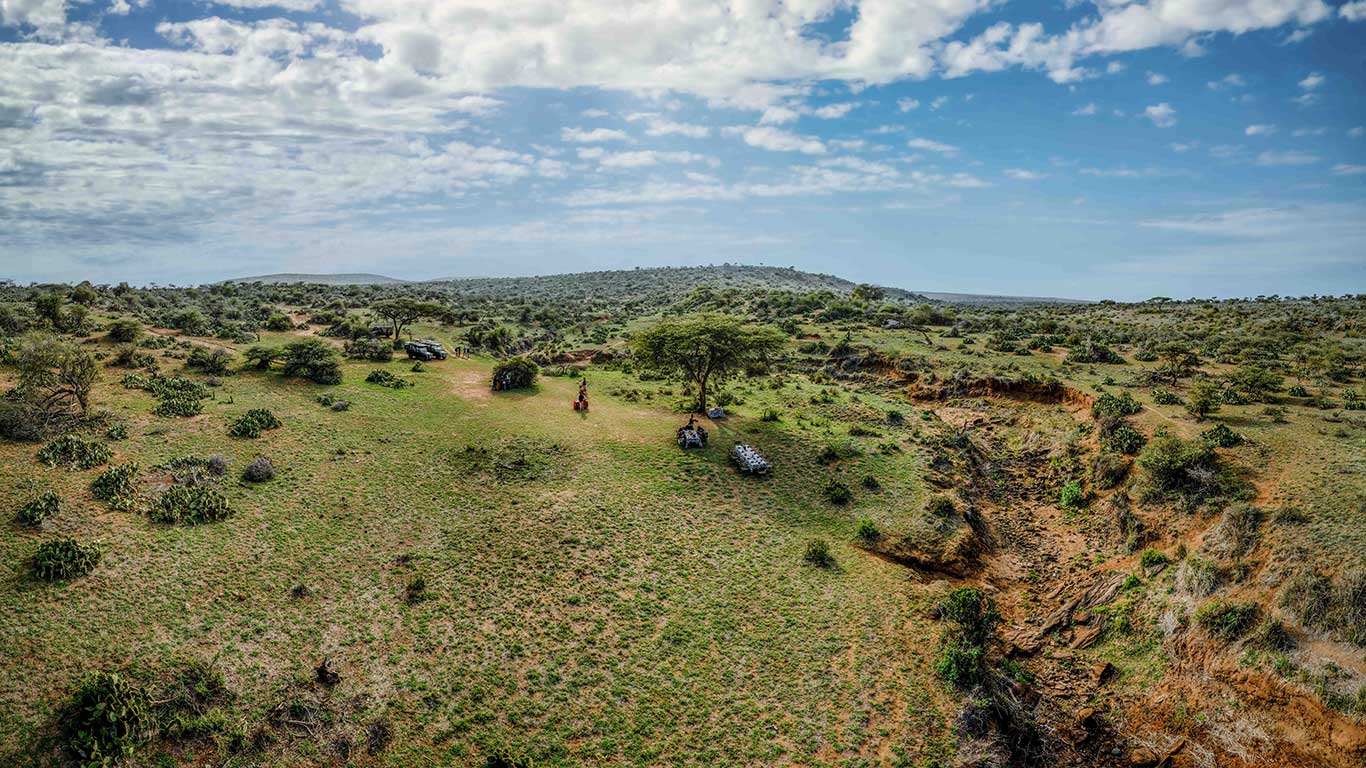
We talk to Loisaba’s Chief Executive, Tom Silvester, about why the Conservancy is not only a wildlife mecca but a conservation gem.
Tell us a little on the background of Loisaba Conservancy and how it came to be protected for future generations
Loisaba is a 58,000-acre conservancy within Laikipia County that is owned by Loisaba Community Trust, a Kenyan Trust incorporated under the Perpetual Succession of Trustees Act and is committed to wildlife and ecological conservation. The Loisaba mission is to protect and enhance critical wildlife diversity, abundance, and habitat in the Loisaba landscape, which sits on the western edge of one of Kenya’s most important elephant movement corridors, while concurrently supporting sustainable livestock production and improving the lives of neighbouring communities.
Why is the conservancy such a special place for wildlife and nature
Loisaba Conservancy is known for its remarkable biodiversity, including over 320 bird and 60 mammal species. It plays a crucial role in protecting an essential elephant corridor, enhancing habitat health through sustainable practices, and contributing to the vision of conserving 15 million acres of land in Northern Kenya.
Socially, Loisaba has created over 400 jobs, supports local communities through various initiatives, including education and healthcare programs, and offers security assistance to neighbouring areas to safeguard resources and foster peace. This conservancy stands as a beacon of both ecological and social responsibility in the region.
Which animals are you likely to see on an average game drive
Loisaba is famous for “Cat Tricks” – seeing lions, leopards, and cheetahs during one visit to the conservancy. You will also see endangered Grevy’s zebras, reticulated giraffes, large herds of elephants, Beisa oryx and if you are lucky, the critically endangered wild dogs. If you look closely, you can also find the ’small five’ – the buffalo weaver, rhino beetle, leopard tortoise, elephant shrew and ant lion! With over 320 bird species, you will always have wildlife to see.
Are there any species that are indigenous to the area
Loisaba is situated in Northern Kenya, and home to species only found in Northern Kenya / the Horn of Africa such as: the gerenuk, Grevy’s zebra, lelwell hartebeest, reticulated giraffe and beisa oryx: https://loisaba.com/loisabas-big-five/
Could you expand on how the conservancy protects its treasured wildlife
With a strategic increase in capacity and training, we are proud that there has not been a single poaching incident at Loisaba since 2017. Our security department consists of over 100 personnel – rangers, radio room operators, a K9 unit (four dogs and their handlers) and a patrol aircraft, which carries out regular flights over the conservancy and surrounding areas to effectively respond to any insecurity in the landscape.
How can guests learn more about the conservancy and contribute towards preserving it
- Follow us on social media
- Visit www.loisaba.com
- Visit Loisaba with Skysafari! Your conservancy fee goes directly towards our conservation programmes.
- If you can, donate at www.loisaba.com/donate
